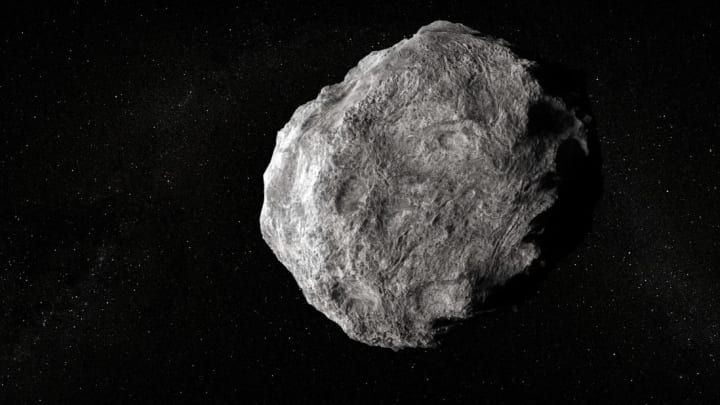An asteroid colliding catastrophically with Earth within your lifetime is unlikely, but not out of the question. According to NASA, objects large enough to threaten civilization hit the planet once every few million years or so. Fortunately, NASA has a plan for dealing with the next big one when it does arrive, Forbes reports.
According to the National Near-Earth Object Preparedness Strategy and Action Plan [PDF] released by the White House on June 21, there are a few ways to handle an asteroid. The first is using a gravity tractor to pull it from its collision course. It may sound like something out of science fiction, but a gravity tractor would simply be a large spacecraft flying beside the asteroid and using its gravitational pull to nudge it one way or the other.
Another option would be to fly the spacecraft straight into the asteroid: The impact would hopefully be enough to alter the object's speed and trajectory. And if the asteroid is too massive to be stopped by a spacecraft, the final option is to go nuclear. A vehicle carrying a nuclear device would be launched at the space rock with the goal of either sending it in a different direction or breaking it up into smaller pieces.
Around 2021, NASA will test its plan to deflect an asteroid using a spacecraft, but even the most foolproof defense strategy will be worthless if we don’t see the asteroid coming. For that reason, the U.S. government will also be working on improving Near-Earth Object (NEO) detection, the technology NASA uses to track asteroids. About 1500 NEOs are already detected each year, and thankfully, most of them go completely unnoticed by the public.
[h/t Forbes]
